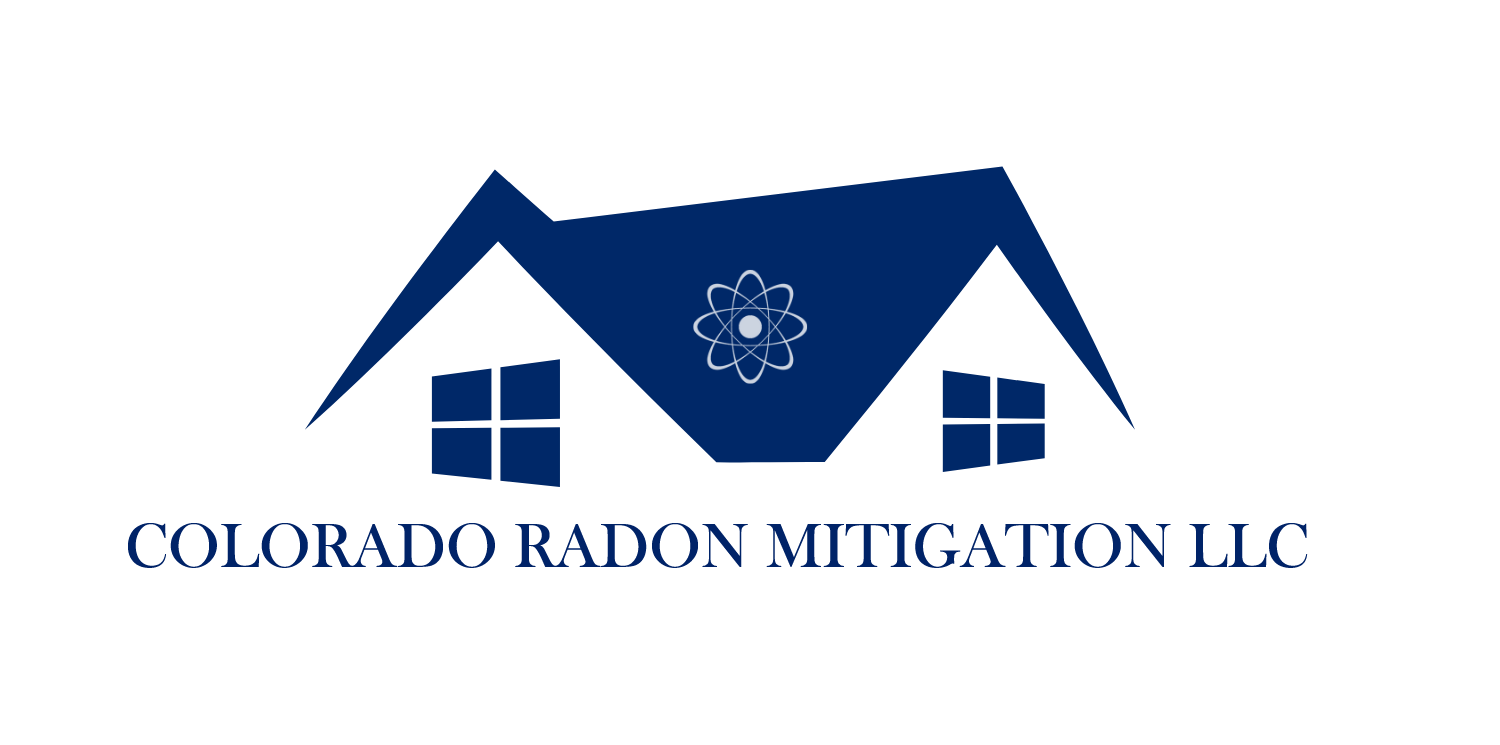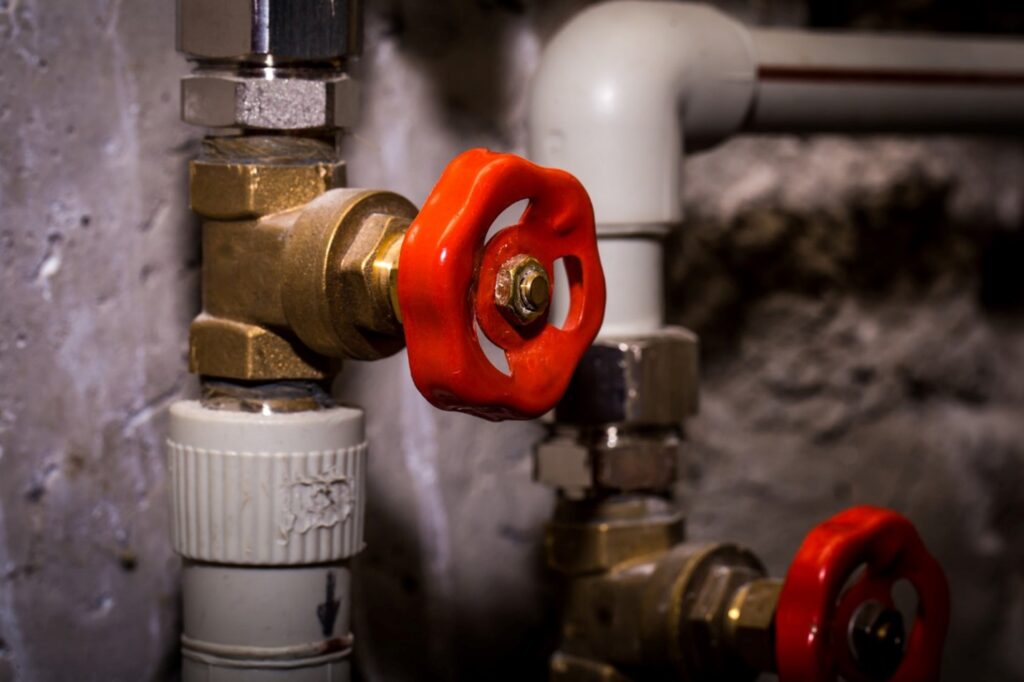The buildup of radon, a radioactive gas that occurs naturally, in dwellings can cause serious health problems. Radon, which develops when uranium breaks down in soil and rock, can enter structures through holes and crevices in their very foundations. The second most prevalent cause of lung cancer, following smoking, is long-term exposure to excessive levels of radon. It is significant to know about the dangers of radon and to find proactive ways to lessen its presence to keep a viable living environment.
Why Radon Resistant Construction Is Crucial

When building in places where radon levels are known to be high, it is important to use radon-resistant materials. Instead of spending time and money fixing up earlier buildings, it is more cost-effective to build with radon-resistant materials in mind from the start.. These methods are based on strategies for reducing radon in buildings that are designed and built. Homeowners may safeguard their families and rest easy, knowing that their living spaces are safe from radon by addressing radon hazards throughout the construction process.
Radon-Resistant Building Elements
Several essential elements must be present for new construction to have radon-resistant features:
Gas-Permeable Layer:
Underneath the slab, a layer of aggregate material, such as gravel, is laid to facilitate the free movement of soil gasses.Plastic Sheeting:
This barrier, when laid on top of the gas-permeable layer, blocks the entry of soil gases into the house.Sealing and Caulking:
Radon can no longer enter the house through any of the previously sealed holes in the foundation or walls.Vent Pipe:
The radon gas is properly vented from beneath the house to the outdoors through a PVC conduit. 
How Passive and Active Mechanisms Contribute
To mitigate radon gas, most new homes have passive systems that use prevailing air currents. The effectiveness of passive devices in reducing radon levels varies from case to case. An active radon mitigation system, which involves a constantly operating fan to boost ventilation, can be integrated to augment the passive system’s efficacy. For the best defense against radon infiltration and constant low indoor radon levels, a combination of passive and active devices is recommended.
Standards and Codes for Construction
Building codes in certain areas now include provisions for radon-resistant materials and methods because of the critical nature of this issue. These guidelines regulate the construction of new homes to prevent radon infiltration. Providing homeowners with safe, radon-resistant houses depends on builders and contractors following these rules. Homebuyers and builders alike must keep up with changes to local building laws and standards to guarantee that newly constructed homes are safe.
Advantages of Radon-Resistant Houses for Human Health

Building homes that are resistant to radon is a smart move for your family’s health because it lowers the chance of lung cancer. Houses that have radon mitigation features are better for families with small children, older people, or anyone who has breathing problems because they create a less dangerous interior atmosphere. As more radon-resistant homes are constructed in high-risk areas, the positive effects on public health go beyond just the immediate household.
The Financial Benefits of Radon-Resistant Buildings
Investments in radon-resistant construction can also achieve economic gains. Adding radon mitigation systems to a home makes it more appealing to potential purchasers and increases its value. Furthermore, radon-resistant elements that are included in during construction typically cost less than those that are retrofitted into an existing property. Homeowners can save money on maintenance and see a boost in property value by constructing radon-resistant homes from the ground up.
Conclusion
In order to protect homeowners from radon, it is essential to build new homes with resistance to the gas. Homeowners may rest easy knowing their new dwellings are safe from radon for the long haul if builders include radon mitigation technologies in their plans from the start. Working with professionals like Colorado Radon Mitigation gives Colorado residents confidence that their new home is safe and up to code, which in turn makes for a healthier lifestyle and less stress for everyone.

